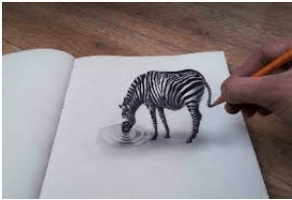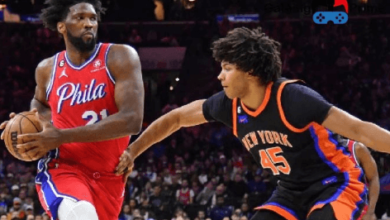Drawing:Ufvevbewgs8= Illusion

The concept of ‘Drawing: Ufvevbewgs8= Illusion’ serves as a compelling exploration of how artists manipulate visual perception to challenge our understanding of reality. By employing techniques such as perspective distortion and color manipulation, creators generate intricate illusions that provoke thought and emotion. This artistic phenomenon raises pertinent questions about the nature of perception itself and its implications on our engagement with art. What lies beneath these visual interpretations, and how do they reshape our interactions with the world around us? The answers may reveal more than mere aesthetics.
Understanding Visual Illusion
Visual illusion, a fascinating interplay between perception and reality, challenges our understanding of how the human brain interprets visual stimuli, often leading to surprising misinterpretations of the world around us.
Rooted in perception psychology, these optical phenomena reveal the complexities of visual processing, illustrating how context and expectation shape our experiences.
Such insights empower individuals to explore the boundaries of perception and reality.
Read more: Drawing:Tqg7rsmzrv8= Lion
Techniques for Creating Illusions
Creating illusions involves a mastery of techniques that manipulate visual perception, allowing artists and designers to craft experiences that challenge observers’ interpretations of reality.
Perspective techniques, such as foreshortening and vanishing points, create depth and dimensionality, while color manipulation alters mood and spatial relationships.
These strategies engage viewers, inviting them to explore the boundaries between perception and imagination, fostering a sense of freedom in interpretation.
The Impact of Illusion in Art
Illusion in art has profound implications, influencing not only aesthetic appreciation but also the emotional and intellectual engagement of the audience with the artwork.
By manipulating artistic perception, artists evoke psychological effects that challenge viewers’ understanding of reality.
This interplay fosters a deeper connection, inviting reflection on the nature of perception and the boundaries of imagination, thereby enriching the overall artistic experience.
Read more: Drawing:Tbg1hvlcx8a= Kaws
Conclusion
In the realm of art, the illusion serves as a paradoxical mirror, reflecting the truth of perception while obscuring the essence of reality.
What appears vividly tangible may dissolve into mere figments of imagination, inviting contemplation of the unseen layers beneath.
As viewers navigate this intricate dance between sight and understanding, the very act of questioning perception transforms into an art form itself.
Thus, the illusion becomes not just a visual trick, but a profound commentary on the nature of existence.




